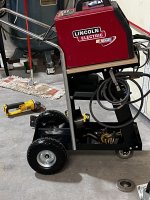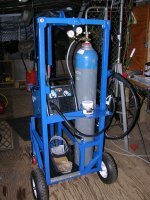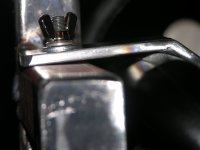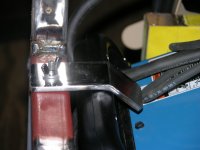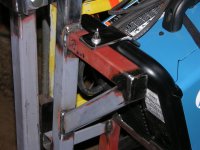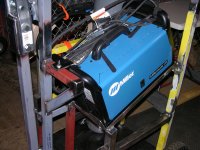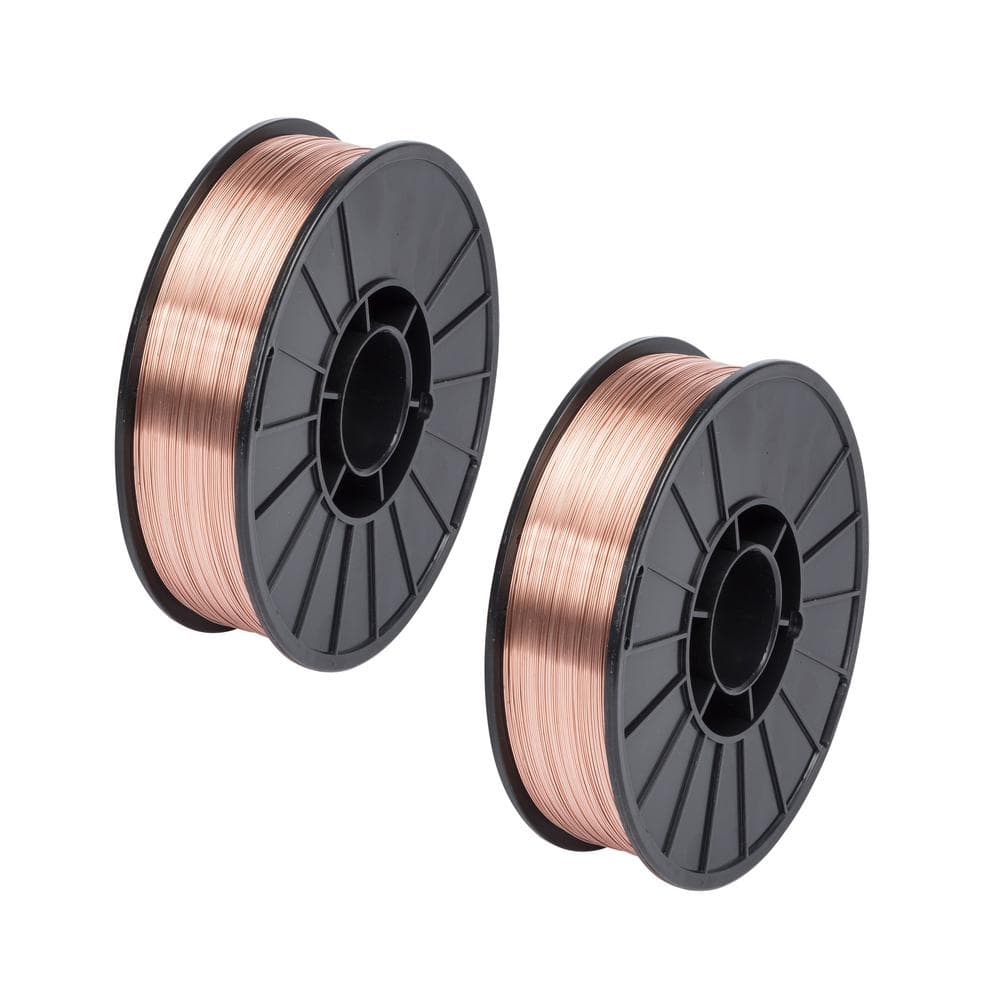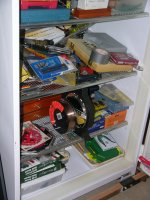Lookin' good; the display on my Power iTig 200T is different than yours, but it's also very intuitive.
Dunno what wire you prefer, I've always had good luck with Lincoln L56 on all 3 of my mig machines - interesting thing, Home Depot has the 12.5# spools of it for about a buck LESS per pound than Zoro, etc -
Enjoy the Lincoln Electric SuperArc L-56 0.035 MIG Wire 12.5 lb. ED028676, copper coated high level of silicon and manganese deoxidizers from The Home Depot
www.homedepot.com
Not sure how widespread that is, my Albany Oregon store stocks it... Steve

